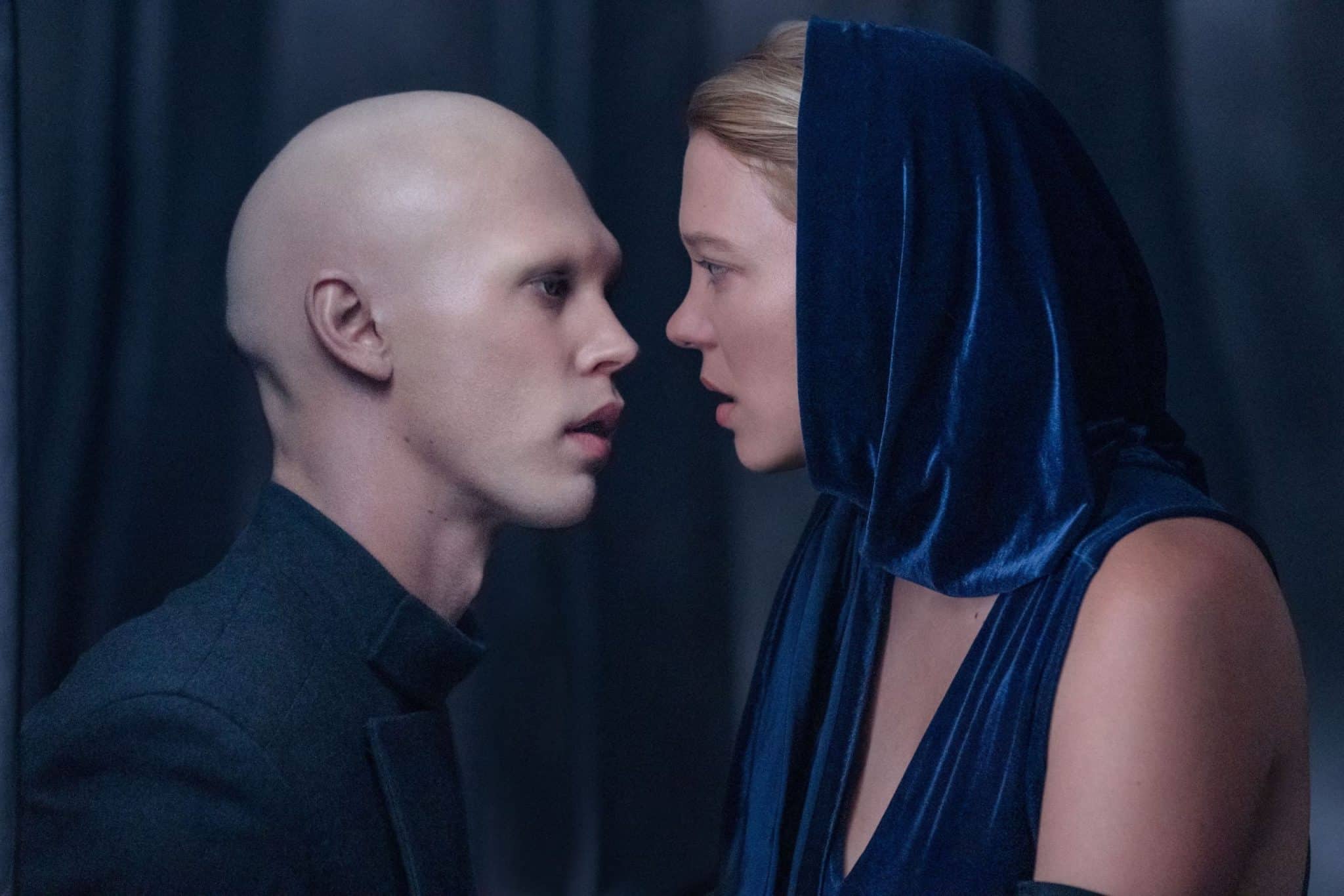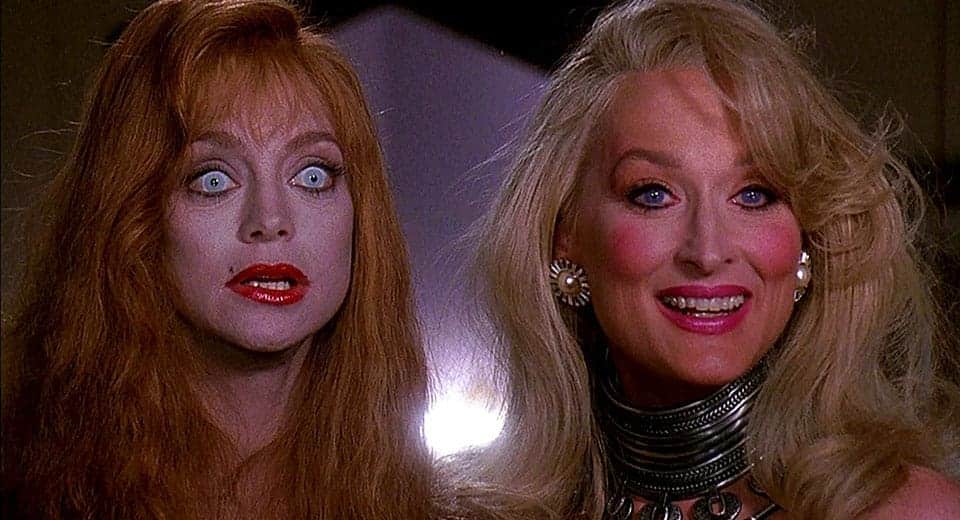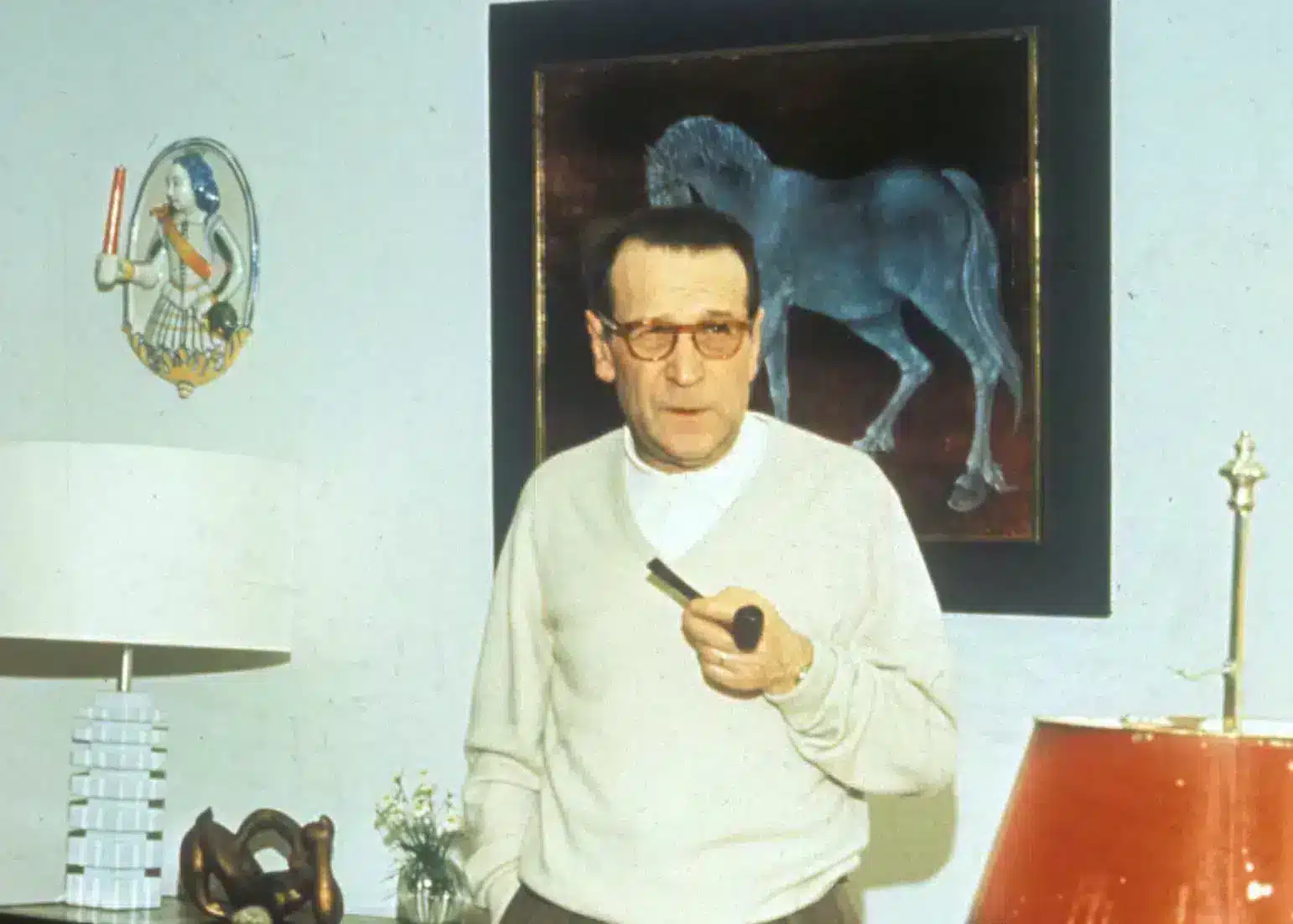
Like many, I’ve spent the last month thinking about Dune 2. Denis Villeneuve’s epic space opera brought back the feeling of exactly how excellent blockbuster cinema can be. With its jaw-dropping cinematography to its earworm-inducing score, the film enthralled me. But funnily enough, it was the teeth of some of the lead actors that really caught my attention. I hadn’t done it on purpose, but when Léa Seydoux came on screen with a gap between her front teeth, I realised I hadn’t seen that on an actress for a while. Not to mention, Zendaya has had her natural teeth throughout her rise in stardom over the past decade. It was a strange observation, perhaps, but when you realise just how much of Hollywood uses painfully obvious veneers, the inclusion of these two women’s gnashers felt like a breath of fresh air. It grounded the film for me. Sure, we’re not on Arakis, but 10,000 years from now, I don’t imagine porcelain veneers will be so readily available.
When one thinks of veneers in the 2020s, an image comes to mind: an Instagram influencer, perhaps of the Love Island variety, with sparkling white teeth fresh from a low-cost dentist in Turkey. However, the creation of the dental procedure actually dates back to the 1920s, and its origin lies in Hollywood. In 1928, Max Factor asked cosmetic dentist Charles Pincus to fix something that makeup couldn’t—teeth. He discovered that by temporarily sticking denture powder to teeth, he could change the way someone’s smile looked. Unlike today, those original veneers only lasted a day or two during a shoot, but they are now a long-lasting feature of some of the world’s most beloved actors.
But why do I find myself noticing veneers and cosmetic procedures more now? I’m pretty sure if I watched a movie from the 1990s, a given actor would have had some work done, but it rarely jumps out to me as obvious, not to mention it doesn’t take me out of films like cosmetic procedures done today. It’s clear that what Jia Tolentino once called ‘Instagram Face’ has gone beyond fleeting trends. It’s impacting how we watch films and enjoy actors’ performances. And it’s not just me who feels this way. Over the past couple of years, audiences have lodged complaints on social media about the lack of verisimilitude in film and television.

Last month, Anya Taylor Joy was the topic of discussion because people thought she was miscast in the Menu (2022) and didn’t fit the bill of what a working-class girl was meant to look like. When Persuasion (2022) came out, audiences stated that Dakota Johnson felt miscast as she had an ‘iPhone face’. In 2023, the smash hit Daisy Jones and the Six found itself being compared to Almost Famous (2000), a film set in the 1970s. After the final episode was released, audiences noted Daisy Jones that the look of the show felt unrealistic. This is surprising considering the effort put into making sure it looked decade-accurate. The show’s costume designer spent around two years correctly sourcing its fashion by visiting flea markets weekly and sifting through thousands of items on vintage Etsy shops—so why can’t audiences buy into the show’s setting?
To put it simply, our ability to play along with the fantasy of film and television seems to be dwindling. “Awareness about cosmetic procedures today means that the average person is aware of the time, money, and effort it takes to look like a celebrity,” says beauty reporter and critic Jessica DeFino. “In terms of cinema, it’s meant to be this fantasy world, and beauty is also this fantasy world. Now, these two separate fantasies are colliding to take us out of the moment.”
In a study examining 100 years of plastic surgery on the silver screen, researchers concluded peaks of plastic surgery were most noticed during the 1930s, 1960s, and 2000s. These coincided with the start of new cinematic eras—Golden Age, New Hollywood, and Contemporary. It might be too early to declare a new cinematic era, but film and television have been inundated over the past twenty years with new technologies. HD cameras, in particular, are unforgiving of heavy make-up, dust, or skin textures that can be picked up on screen. This created a challenge for actors and makeup artists alike to keep up with the facade of perfection. In 2010, New York Magazine reported on how the increase in botox impacted actors’ craft and led to stilted performances. Today, the latest culprits are veneers and fillers, which can create an almost uncanny valley feeling. Ironically, this has become a trend at the same time as AI and its smoothly polished attempts at recreating art and films, not to mention deepfakes. Nothing looks quite right anymore, and nobody can trust the media we’re looking at.
In a study researchers concluded peaks of plastic surgery were most noticed during the 1930s, 1960s, and 2000s. These coincided with the start of new cinematic eras—Golden Age, New Hollywood, and Contemporary. It might be too early to declare a new cinematic era, but film and television have been inundated over the past twenty years with new technologies.
Haaniyah Angus
We’ve landed in uncharted waters, and our discomfort of discovering just how easily imagery can be faked might just be what DeFino describes as the construct being exposed. “When cosmetic work is undetectable, we call it good work, and when cosmetic work is very obvious, we call it bad work. A person is supposed to be naturally beautiful, but bad work exposes that it’s unnatural. It’s a construct, and we call it bad because it’s being exposed.” This is also related to the enforcement of gender constructs. “We prefer work to be good so we can perpetuate the idea that all women are naturally beautiful and should be naturally beautiful and can be judged according to that.”
But what’s the line between cosmetic changes impacting your belief in an actor’s performance and accusing strangers of getting work done in an attempt to shame them? Take Erin Moriarty, for example. Selfies posted to her social media led to people online speculating that she had gotten plastic surgery, and they noticed changes on her face in the last season of The Boys. Concern, however, was not that it shifted how audiences viewed her character but how she was influencing young women by doing so. The actress’s face became a topic of discussion for former Fox News pundit Megyn Kelly on her radio show, leading to Erin receiving harassment and abandoning her Instagram. Male celebrities, on the other hand, are seldom shamed for the work they’ve had done. As actress Busy Phillips put it during an interview last week, it’s clear that the influx of superhero films has led to an increase in male actors getting on HGH (human growth hormones) and altering their appearances to look fit after 40. Joe Jonas became the face of botox brand Xeomin in 2022, calling his foray into beauty “genderless self-care”. Not to mention that man of the moment Ryan Gosling showed up at the Oscars last month with cheeks fuller than they’ve ever been seen before, but it’s doubtful that his fillers will lead to uproar at how he’s poorly influencing people.

Noticing work on people’s faces isn’t inherently a bad thing. We’re humans, and we connect with people by noticing how they present themselves to us. This is amplified when we’re looking at close-ups of actors on screen and seeing billboards plastered everywhere. However, how we talk about cosmetic procedures needs to be divorced from our current practice of placing actors into good or bad categories. Especially when we only take the time to dissect how women look and what new features they’ve upgraded to this time. When buccal fat removal was all the rage a few years back, audiences took to social media to point out just how haggard and old it made women look. Attempting to dismantle the oppressive nature of beauty standards through misogyny definitely won’t dissuade stars from going under the knife, nor will it lead to productive conversations about how harmful they can be. As DeFino puts it, “We can note that a certain surgery or procedure is becoming the norm and talk about it from a distanced political, historical perspective, rather than turning it into a judgement of morality on an individual.”
Judgement is the language of social media but without that, what are our options? It’s clear that audiences experience temporal distortion when watching period pieces with actors who have lip fillers and stiff foreheads. It’s also more than clear that Hollywood isn’t abandoning its century-long practice of glitz and glamour, no matter how much we decry their newest fads. Perhaps the two camps will battle it out over the latter part of the decade, and we’ll reconvene in 2030 to name the victor. If not, the more boring option is to implement body neutrality and start to make a habit of not placing importance on how we look. Although it may seem small, doing this in our personal lives might positively affect the rest of us.



